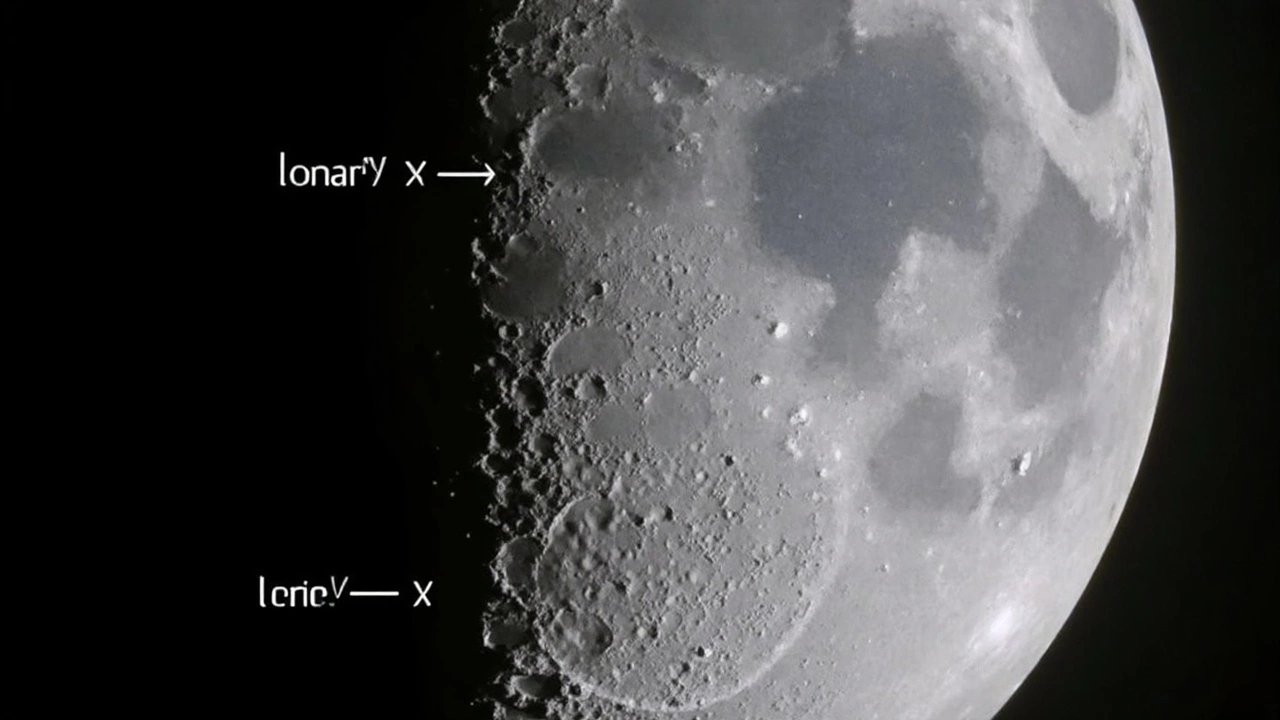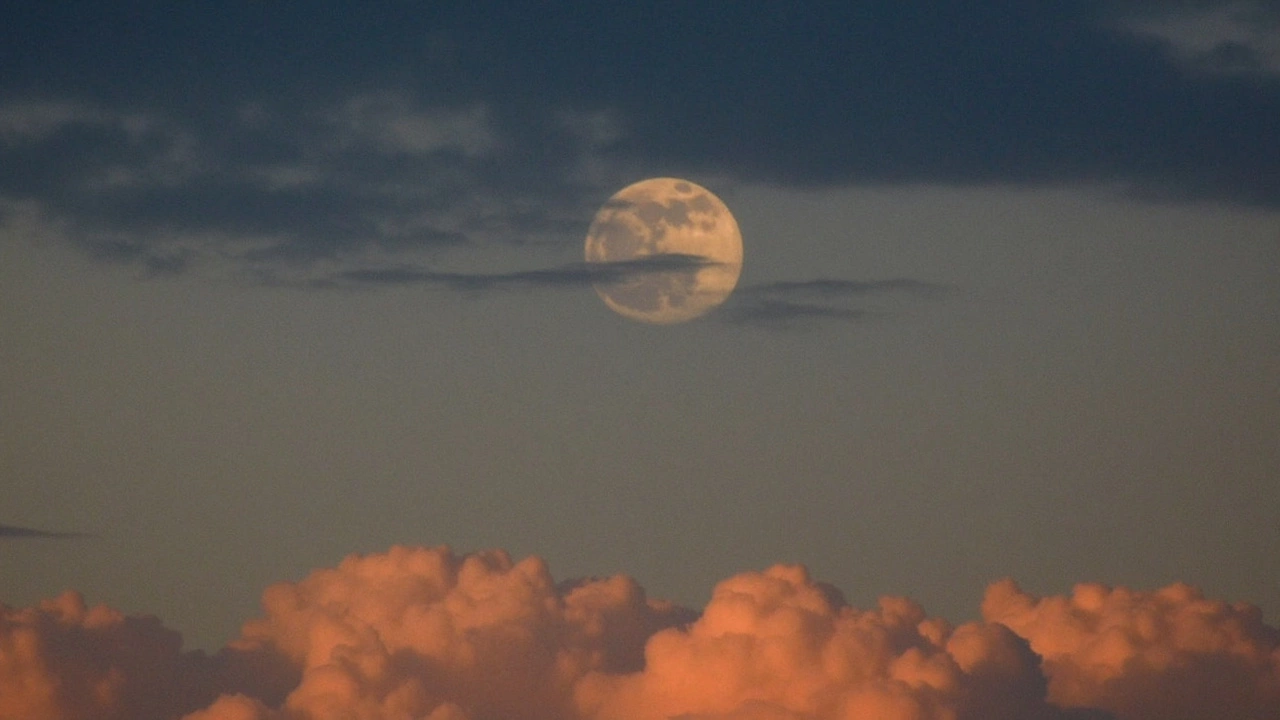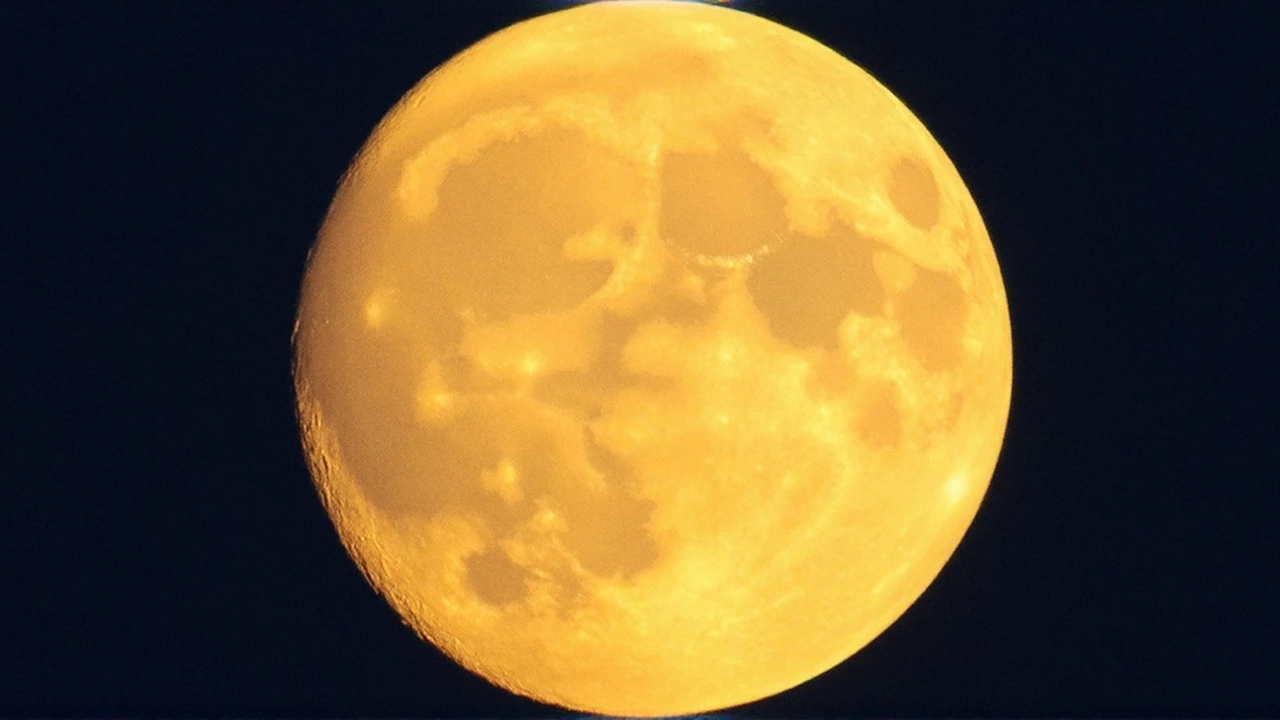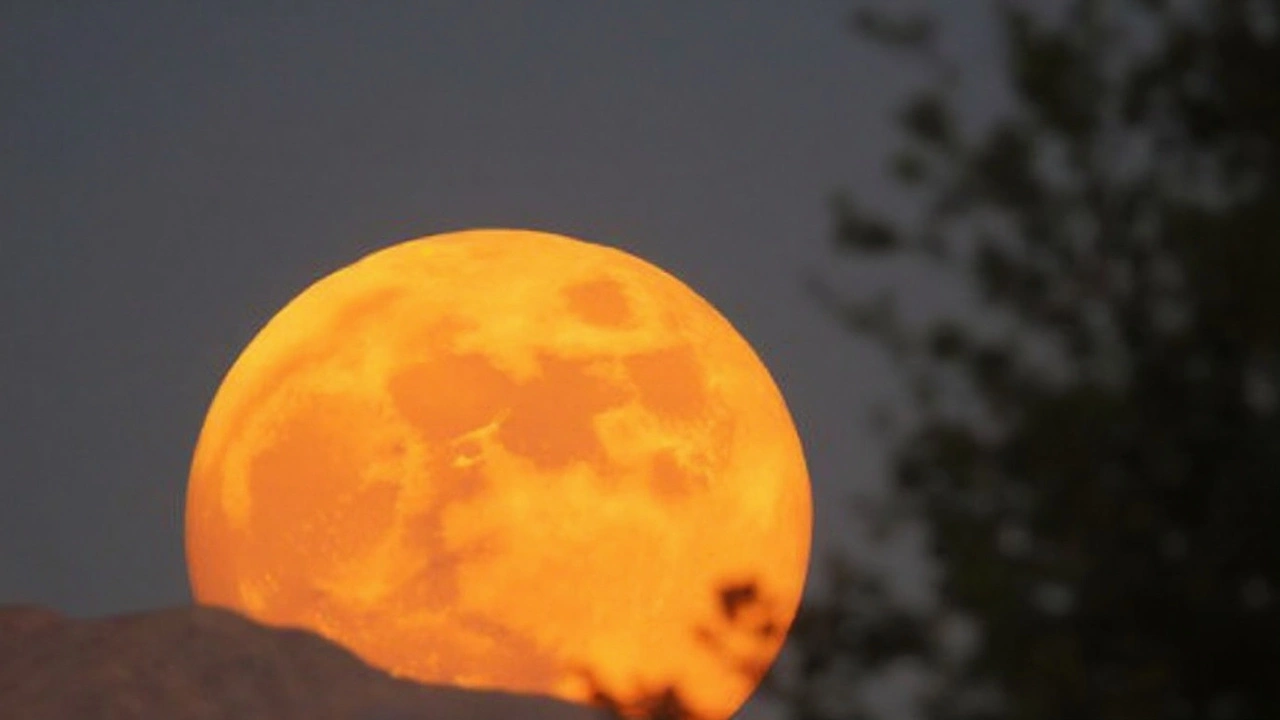Why the Buck Moon Stands Out in July
It’s not just another full moon—tonight’s Buck Moon has plenty going for it. For starters, it gets its name from an old Algonquin tradition: male deer start to grow their antlers every July, marking the heart of summer. This bit of seasonal wildlife trivia has stuck around and now signals the return of the highest, brightest moon for July.
This year, the Buck Moon brings something special. Because the Earth is tilted on its axis, the moon’s path this month puts it lower and larger on the horizon during moonrise. When you see it coming up in the southeast after sunset, it seems huge and glows with a golden shade you don’t usually get. That’s an optical trick—your brain compares the low-hanging moon to things nearby, making it look enormous. It’s basically a natural magic show just above the treetops.

How and When to Watch the Buck Moon
The moon reaches its fullest at 4:37 PM ET on July 10, but you’ll get the real show after dark, when it’s climbing into the sky. Aim to get outside 30–40 minutes after moonrise for that deep gold color and “supersized” look. You don’t need any fancy gear—just clear your schedule and scan the southeast horizon.
Want the best seat? Skip city lights. Head to a park, a rooftop, or anywhere open and dark. Urban glow can wash out those colors and shrink the moon visually, making rural or suburban areas the dream spot. Don’t forget to bring a jacket or blanket if you’re planning to stay out late—it can get chilly even in July.
- Peak Time: After sunset, roughly 30–40 minutes after the moon rises.
- Direction: Look toward the southeast horizon for moonrise.
- Where to Go: Wide-open areas far from city lights are ideal.
The Buck Moon isn’t just a sky show for astronomers. This month’s full moon lands right on Guru Purnima, a major Hindu festival honoring teachers—which means double the reason for celebrations in some cultures. And for naturalists, it signals far more than summer: some tribes link this moon to when salmon start running upriver and when birds shed their feathers for new ones. The traditions behind this moon run deep and vary by region.
Don’t miss the side acts, either. While Venus, Jupiter, and Mars won’t photobomb the Buck Moon’s big moment, they are due for their own appearance later in July. With a bit of luck, you might also catch the International Space Station streaking by—no telescope required! Just check a satellite tracker for flybys in your area before heading out.
Meteorologists have a say, though. Cloud cover could spoil the party, especially for folks on the East Coast where unsettled weather is in the forecast. Always double-check your local sky conditions before making plans. No one likes packing a picnic for the clouds.
The Buck Moon stays bright for a couple nights, giving everyone a shot to soak it in. If you miss the main event tonight, step outside again on July 11 or 12—the spectacle lingers, and every evening brings a slightly different view.


